Analytical RDF Rod Making Machine: How to Turn Waste into Practical Fuel
1).Definition of RDF rod making machine
RDF (Refuse-Derived Fuel) is refuse-derived fuel. RDF rod making machine is a device that processes recyclable waste (such as plastic, paper, sawdust, etc.) into fuel with a certain shape (usually rod-shaped). These RDF rods can be used as alternative fuels in industrial boilers, power plants, etc., to achieve resource utilization of waste.
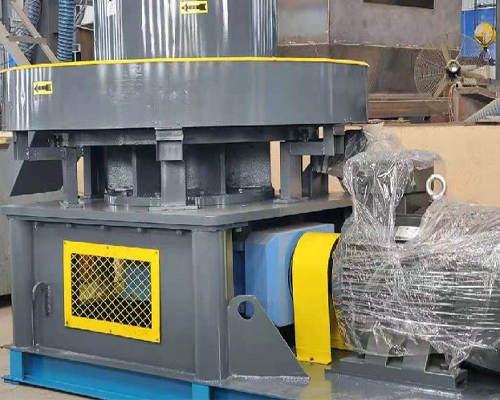
2).Working principle and use steps of RDF rod making machine
1.Raw material preparation
First, collect suitable raw materials. For example, for raw materials containing plastic, make sure they are relatively clean and do not have too much impurities such as soil, metal, etc. Because impurities may damage the parts of the rod making machine. If it is wood chip raw material, its humidity should be controlled within a certain range, and the moisture content is generally recommended to be around 12% - 20%. Too wet sawdust will make molding difficult, while too dry sawdust may produce too much dust during the pressing process.
2.Crushing stage (if the raw material size is large)
Many RDF raw materials need to be crushed before entering the rod making machine. For example, if waste wooden furniture is to be made into RDF rods, it needs to be turned into smaller wood chips by a crusher first. This process makes the raw materials easier for subsequent compression and molding operations.
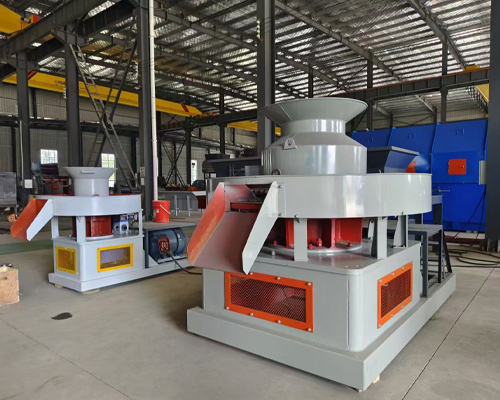
3.Conveying raw materials to the rod making machine
Use a conveyor belt or a screw conveyor to convey the prepared raw materials to the feed port of the rod making machine. During the conveying process, ensure that the supply speed of the raw materials is relatively stable. If the feed speed is too fast, it may cause blockage inside the rod making machine; if the feed speed is too slow, it will affect production efficiency.
4.Molding process
After the raw materials enter the rod making machine, they are pressed by the screw propeller or pressure roller inside the rod making machine. Taking the screw propeller rod making machine as an example, the screw propeller will continuously squeeze the raw materials forward, and under the action of the mold, the raw materials are gradually compressed into a rod shape. During this process, the temperature inside the rod making machine will also rise due to factors such as friction between the raw materials, which helps soften and mold some raw materials (such as plastics). The shape and size of the mold determine the final shape and size of the RDF rod. Generally, the diameter of the common RDF rod is between 30 and 80 mm.
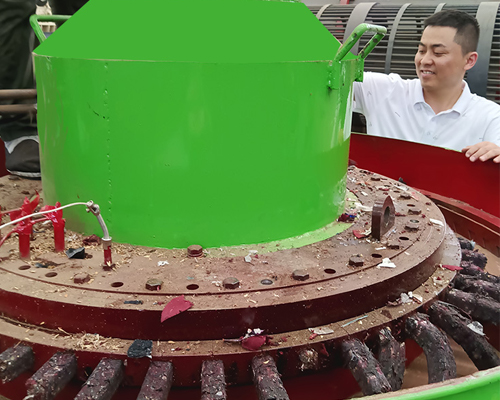
5.Cooling and collection
1.The newly formed RDF rods are hot and soft. They need to be cooled by a cooling device (such as natural air cooling or water cooling) to harden them for easy collection and storage. The cooled RDF rods can be collected into a special container or conveyor belt through the discharge port, and then packaged or transported directly to the place of use.
2.When using the RDF rod making machine, the operator needs to strictly follow the instruction manual of the equipment and pay attention to safety, such as preventing the hands from being caught in the feed port or other moving parts. At the same time, the rod making machine should be regularly maintained and serviced to check whether the various parts of the machine are normal, such as whether the mold is worn and whether the screw propeller is loose.
6). Parameter
Model | Power(KW) | Capacity(T/H) | Mold quantity | Roll quantity | Over dimension(MM) |
9JK-2600 | 75 | 1-2 | 52 | 2 | 2647*2100*1900 |
9JK-3500 | 110 | 2-3 | 72 | 2 | 3250*2600*2000 |
9JK-4500 | 132 | 3-4 | 88 | 2 | 3350*2800*2200 |
9JK-5000 | 160 | 4-5 | 100 | 2 | 3000*2300*2000 |
9JK-5500 | 160 | 4-5 | 102 | 2 | 3000*2400*2000 |
9JK-6500 | 200 | 4-5 | 120 | 3 | 4400*2970*2495 |
-
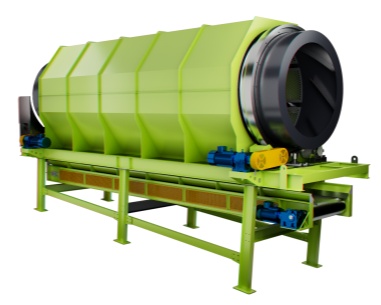 Trommel screenTrommel screen, also known as drum screens, are widely used in various industries for sorting and separating materials.Get Quote
Trommel screenTrommel screen, also known as drum screens, are widely used in various industries for sorting and separating materials.Get Quote -
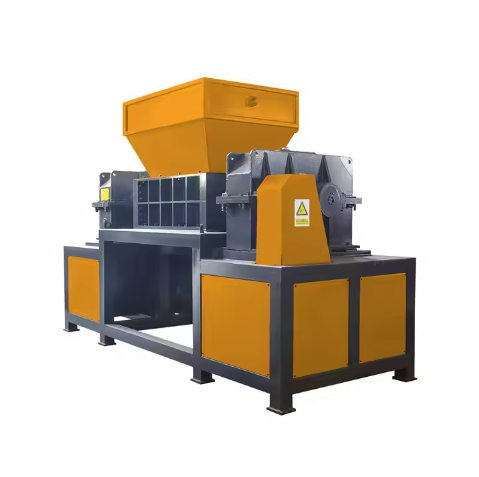 Crop straw double shaft shreddApplications:Biomass Energy Production: Shredded straw can be used as a feedstock for bioenergy plants to produce electricity or heat.Livestock Feed: Reduced-si...Get Quote
Crop straw double shaft shreddApplications:Biomass Energy Production: Shredded straw can be used as a feedstock for bioenergy plants to produce electricity or heat.Livestock Feed: Reduced-si...Get Quote -
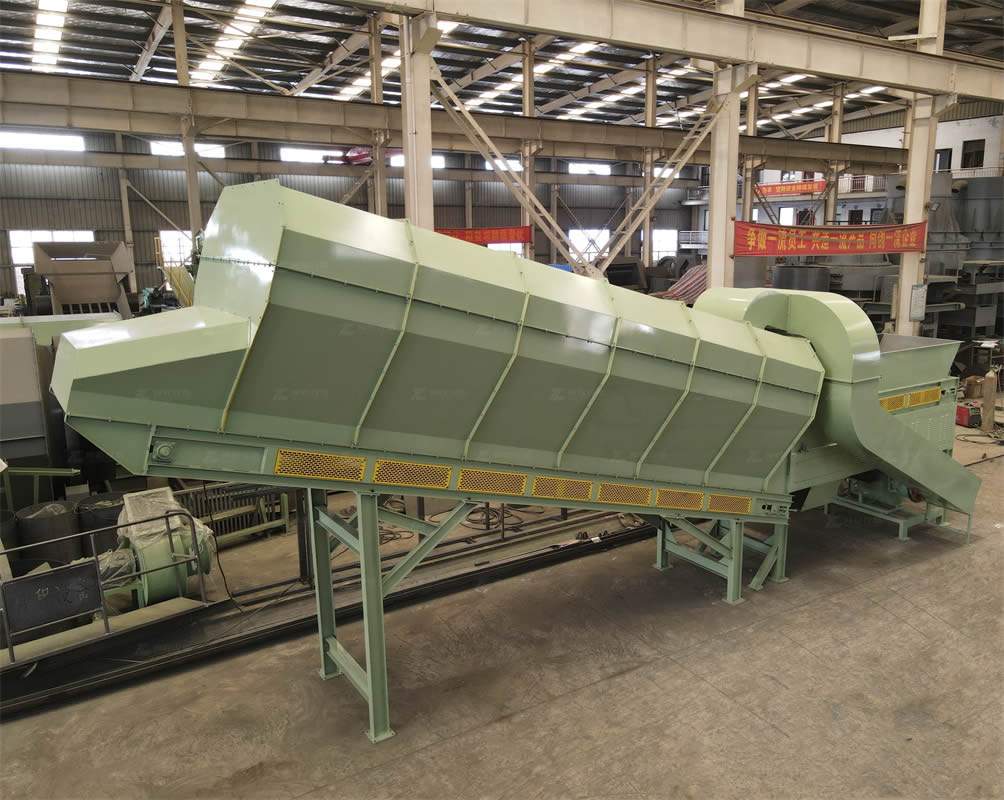 Zhongcheng Air Drum SeparatorAir drum separators effectively separate lightweight materials (e.g., plastics, paper) from heavier materials (e.g., metals, glass). This high efficiency is cru...Get Quote
Zhongcheng Air Drum SeparatorAir drum separators effectively separate lightweight materials (e.g., plastics, paper) from heavier materials (e.g., metals, glass). This high efficiency is cru...Get Quote
-
2024-05-28Garbage screening drum screenTrommel screen is consisting of five parts: drum, frame, hopper, reducer and motor.After the material goes into the drum, it is screened along with the rotation...
-
2024-08-28Scrap rubber product shredderThe shredder of waste rubber products not only helps to reduce environmental pollution, but also improves the reuse rate of waste rubber, which is one of the im...
-
2024-06-09Advantages of Using Drum Screening Machines in Waste ManagementUnderstanding the working principle of drum screening machines is essential to appreciate their efficiency and effectiveness in waste management. Operation and ...
-
2023-01-18RDF Making MachineRDF (Refuse Derived Fuel) making machine is a specialized equipment used in waste management and energy recovery processes. Its primary function is to convert v...
-
2025-04-21Compact Copper Cable Granulator MachineThe compact copper cable granulator machine is a device used to recycle waste wires and cables. It separates the copper wire from the plastic sheath by crushing...



